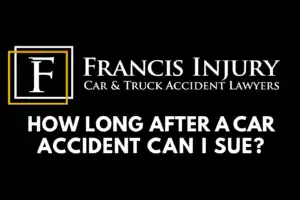Understanding the Common Causes of Action in Personal Injury Lawsuits in Texas
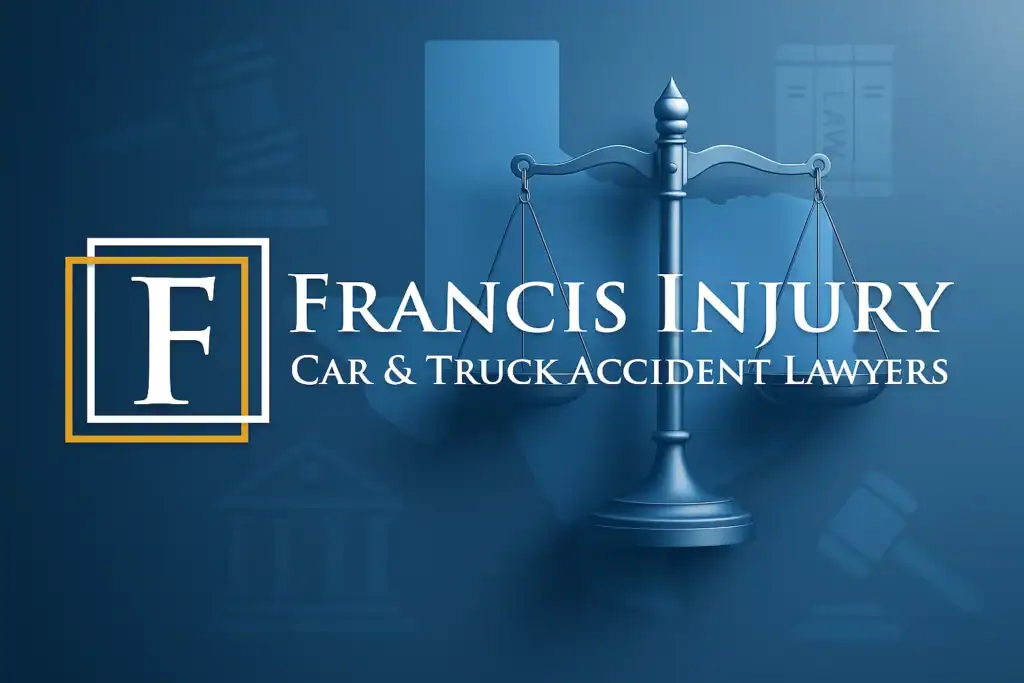
If you or someone you love has been injured because of someone else’s careless or reckless behavior, you're probably wondering: “Can I hold them legally accountable?” The short answer? Yes — but only if the law recognizes your situation as a valid cause of action.
In Texas, personal injury law provides legal remedies for victims who suffer harm due to another's wrongful actions or failure to act. But before you can recover compensation, your case must fall under a recognized legal theory — or “cause of action.” That’s where many injury victims stumble: they don’t know whether their case qualifies or what legal grounds apply.
At Francis Injury, our Dallas-Fort Worth personal injury lawyers specialize in helping victims understand the root cause of their injuries, how Texas law views their situation, and what legal strategies can help maximize recovery.
🔍 What Is a Personal Injury in Legal Terms?
A “personal injury” refers to harm — physical, emotional, or financial — that someone suffers because of another person or entity’s actions. In Texas, this harm must typically arise from negligence, strict liability, or intentional wrongdoing. The goal of a personal injury claim is to make the injured party “whole” through financial compensation.
Common examples include car accidents, slip and falls, defective products, dog bites, construction accidents, and wrongful death cases. However, how you were injured matters less than why it happened — because your legal claim depends on the recognized cause of action involved.
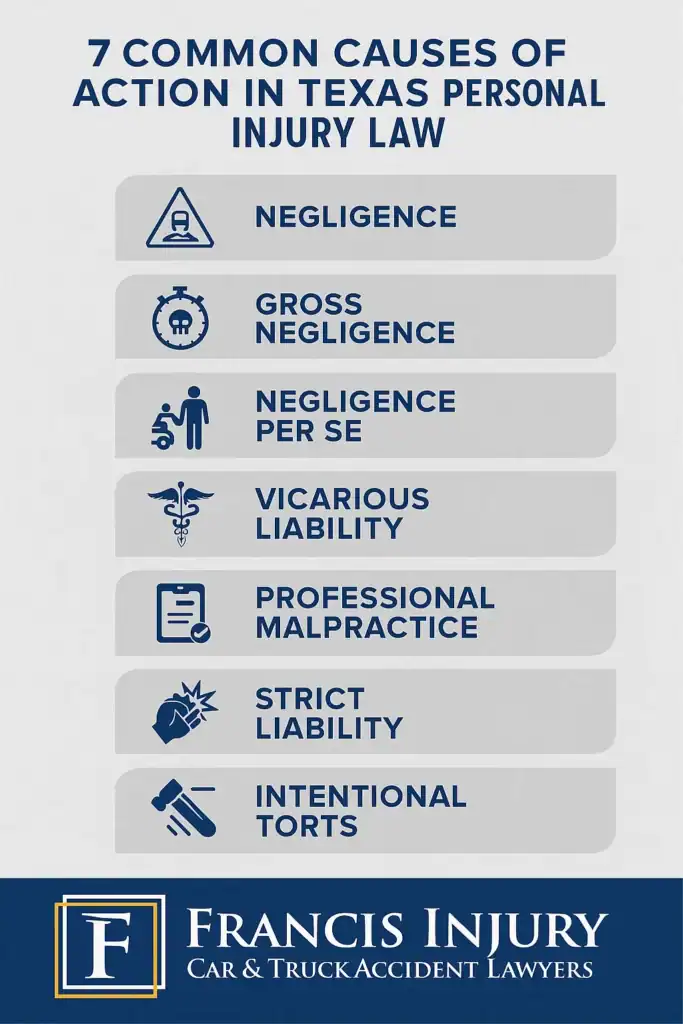
🚨 Most Common Legal Causes of Action in Texas Personal Injury Cases
In Texas, personal injury lawsuits are typically built on one or more of the following causes of action. Let’s walk through them in detail.
1. Negligence
This is by far the most common basis for personal injury lawsuits in Texas. Negligence occurs when someone fails to act with reasonable care, causing injury to another. For a negligence claim to succeed, you must prove four elements:
- Duty of care – The defendant owed you a legal duty.
- Breach – The defendant violated that duty through action or inaction.
- Causation – The breach directly caused your injuries.
- Damages – You suffered losses (medical bills, pain, lost income, etc.).
Examples: A distracted driver rear-ends you at a stoplight. A grocery store fails to clean up a spill, leading to a fall. A daycare leaves a gate open, and your child wanders into traffic. Each involves a failure to use reasonable care — and may support a negligence claim.
2. Gross Negligence
Gross negligence is a step above ordinary negligence. It refers to conduct so reckless it shows a willful disregard for others' safety. Texas law requires a plaintiff to show the defendant was aware their behavior posed extreme risk but chose to act anyway.
Why it matters: Gross negligence opens the door to punitive damages, which are awarded not just to compensate, but to punish the wrongdoer. These cases are often seen in drunk driving accidents, nursing home abuse, or repeat safety violations on job sites.
3. Negligence Per Se
Negligence per se applies when a person breaks a law or regulation designed to protect the public — and that violation causes someone harm. In these cases, violating the law itself is considered proof of negligence.
Example: A driver runs a red light and crashes into your car. Because traffic laws exist to prevent such conduct, the violation of that law may establish negligence automatically. You still need to prove causation and damages, but liability becomes easier to establish.
4. Vicarious Liability
This legal doctrine holds one party liable for another's negligence — usually based on their relationship. It most often applies in employment situations where an employer is held responsible for an employee’s on-the-job negligence.
- Employer-employee – If a delivery driver causes a crash while working, their employer may be vicariously liable.
- Parent-child – A parent could be liable for a child’s reckless behavior under certain circumstances.
- Animal owners – A pet owner may be liable if their dog bites someone, especially if the animal had a history of aggression.
To succeed, your lawyer must prove the tortfeasor was acting within the scope of their duties or responsibilities at the time of the incident.
5. Professional Malpractice
Professionals like doctors, dentists, accountants, and attorneys are held to high standards. When they breach those standards and cause harm, victims may file a malpractice lawsuit. This is a specialized area of personal injury law that often involves expert testimony.
Example: A surgeon operates on the wrong limb, or a pharmacist dispenses the wrong medication dosage. These errors, while often accidental, can be catastrophic.
⚖️ Non-Negligence-Based Personal Injury Claims
Not all injury claims rely on proving negligence. Texas law also allows victims to recover under the following legal theories:
6. Strict Liability
Strict liability applies when a person or company is held liable for injuries regardless of fault or intent. In Texas, this most often applies to defective product claims or abnormally dangerous activities.
- Manufacturers may be strictly liable for defective tires, appliances, or pharmaceuticals that cause harm.
- Companies conducting hazardous operations (like demolitions or handling explosives) may be held strictly liable if a bystander is injured.
7. Intentional Torts
Intentional torts involve deliberate acts that cause injury. While these often overlap with criminal charges, victims can file civil lawsuits as well.
- Assault & battery
- False imprisonment
- Defamation (harm to reputation)
- Intentional infliction of emotional distress
Intentional tort cases are often emotionally charged and require strong legal advocacy — especially when seeking compensation for non-economic damages like trauma or reputation loss.
🧠 Why the Cause of Action Matters in Your Injury Case
Each cause of action has different legal requirements, timelines, and evidentiary burdens. Identifying the right legal theory ensures your attorney:
- Applies the correct statute of limitations
- Knows what evidence is essential for success
- Targets the proper liable parties
- Maximizes available compensation
At Francis Injury, we conduct a deep investigation into what happened — and why — so we can build your case on the strongest legal foundation possible.
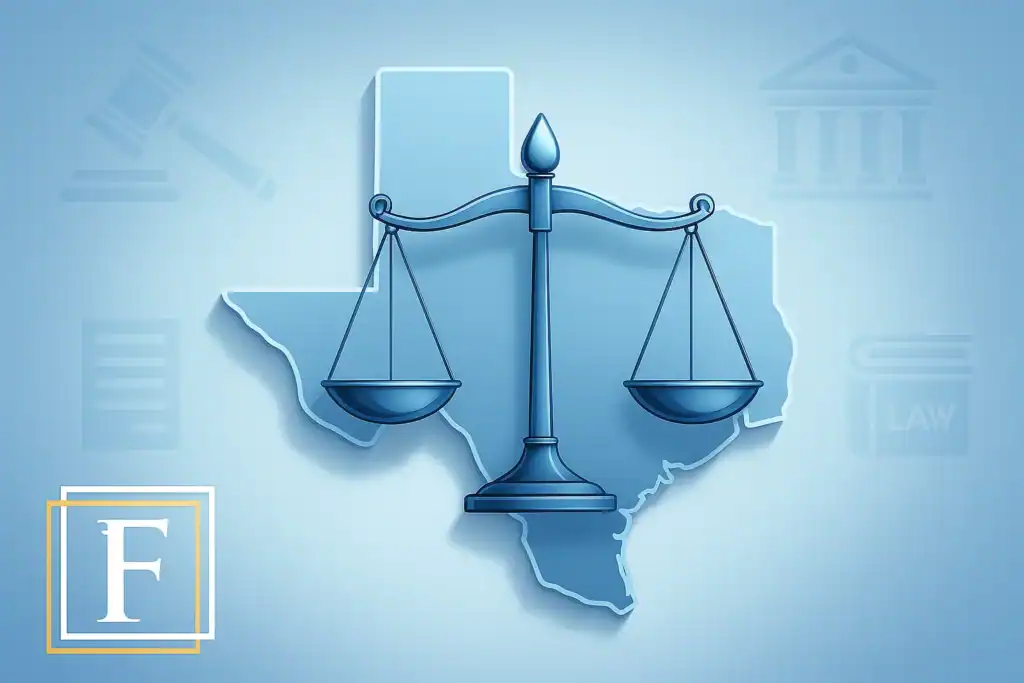
📞 Talk to a Dallas-Fort Worth Personal Injury Lawyer Today
Have questions about your case? Not sure if negligence, strict liability, or an intentional tort applies? Don’t guess — get expert answers from the injury lawyers who fight and win for Texas families every day.
Call Francis Injury at (817) 329-9001 or schedule a free case review. The sooner you act, the more time we have to build your case and secure maximum compensation.
💡 Don’t let legal jargon or insurance companies keep you from getting the justice you deserve. Francis Injury is here to help you hold negligent parties accountable and protect your future.
🧾 FAQs: Texas Causes of Action in Injury Claims
What is a cause of action?
Can I have more than one cause of action?
What is the statute of limitations in Texas?
Can I sue if the other party didn’t break a law?
Need help now? Reach out to our team at Francis Injury today. We serve injury victims across Fort Worth, Dallas, and all of North Texas.
- 7 Common Causes of Personal Injury Claims

- Commercial truck Underride Accidents

- The Impact of Social Media on Personal Injury Claims

- What To Do After a Personal Injury Accident: The Complete Guide
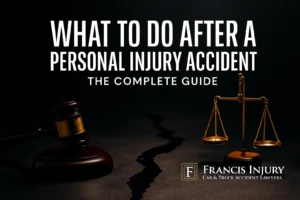
- How to Choose the Right Personal Injury Lawyer
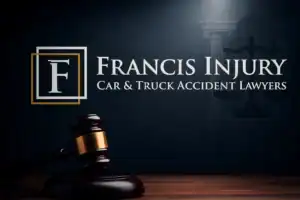
- Accidents Caused by Poor Road Conditions: Who’s Responsible?

- How to File a Wrongful Death Claim After a Car Accident
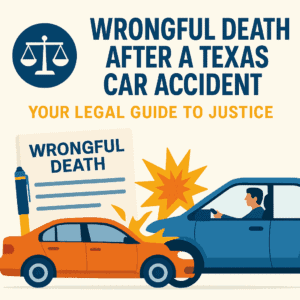
- Rear-End Collisions in Fort Worth: What You Need to Know

- How Long After a Car Accident Can I Sue?
